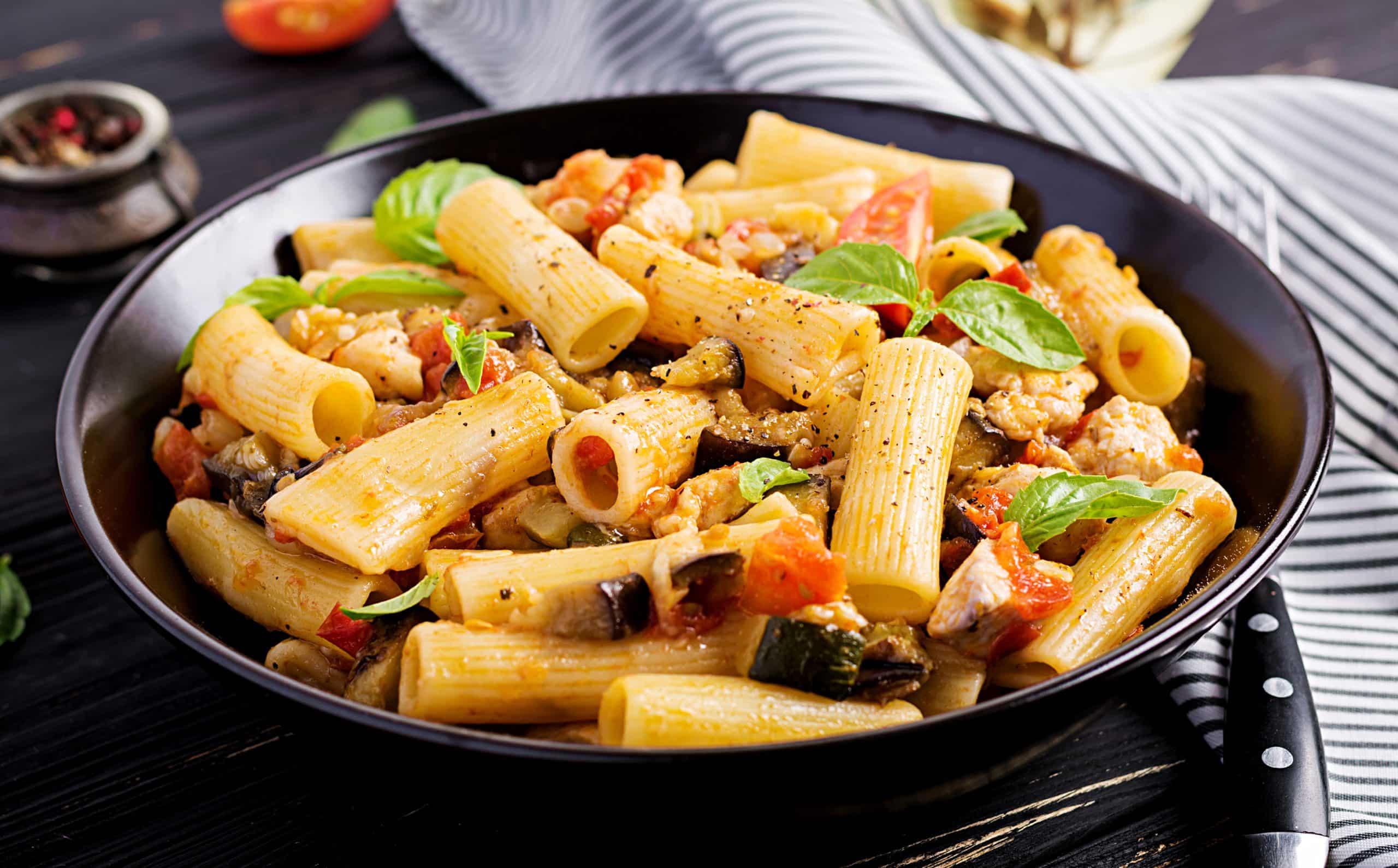The world of Persian cuisine is rich and diverse, brimming with a myriad of flavors and textures. One dish, in particular, stands out as a staple in Persian households: the Ghormeh Sabzi. This popular stew is known for its bold flavors and hearty ingredients, resulting in a satisfying and flavorful dish that can warm the heart and delight the palate.
However, achieving the perfect balance of flavors in Ghormeh Sabzi is not always easy. It requires careful attention to detail and a thorough understanding of the ingredients. In this article, we will explore the best techniques for creating a perfectly balanced Persian Ghormeh Sabzi, from the preparation of the fresh herbs to the cooking of the dried beans.
En parallèle : Can You Craft a Delicate Gourmet Lobster Roll with Lemon Aioli?
The Preparation of Fresh Herbs and Vegetables
The heart of a Ghormeh Sabzi lies in its abundant use of fresh herbs. Typically, this includes parsley, cilantro, and fenugreek. However, the ratio of these herbs can significantly affect the overall taste of the dish.
To prepare the herbs, make sure to thoroughly wash them and then finely chop them. The finer the herbs are chopped, the more they can permeate the stew with their flavors.
Cela peut vous intéresser : How Can You Create a Refreshing Cucumber and Dill Gazpacho for Hot Summer Days?
For the vegetables, onions are usually the base of the stew. To add a layer of flavor, you should first sauté the chopped onions in oil until they are golden brown. This process, known as caramelization, will give the stew a rich, savory depth that can balance out the robust flavors of the herbs.
Cooking the Dried Beans and Meat
Dried beans are another key ingredient in Ghormeh Sabzi. Not only do they add texture and bulk to the dish, but they also absorb the flavors of the stew, enhancing the overall taste.
Start by soaking the dried beans in water overnight. This will soften them and reduce their cooking time. After soaking, drain the beans and add them to the stew pot.
As for the meat, it’s usually lamb or beef that’s been cut into small pieces. To ensure the meat is tender and flavorful, it’s best to brown it in a separate pan before adding it to the stew. This will seal in the juices and give the meat a nice, brown crust.
The Cooking Process
The cooking process for Ghormeh Sabzi is a slow one. The stew should be left to simmer for at least a few hours, or until the beans and meat are tender. The slow cook time allows the flavors to meld together and for the stew to develop a rich, complex taste.
Throughout the cooking process, you should check the stew frequently. If it seems too dry, add more water. If it’s too watery, let it cook uncovered for a while to reduce. The goal is to achieve a balanced, flavorful stew that’s neither too thick nor too thin.
The Addition of Dried Limes
One unique ingredient that sets Ghormeh Sabzi apart is dried limes. These limes are a popular ingredient in Persian cuisine and they add a tangy, citrusy flavor to the dish that cuts through the richness of the other ingredients.
Before you add the limes to the stew, you’ll need to pierce them with a knife or fork. This will allow the stew to penetrate the limes and extract their flavors.
The taste of dried limes is strong, so be careful not to add too many. Start with one or two and taste the stew after they’ve had some time to infuse. You can always add more if necessary.
Serving the Ghormeh Sabzi
Once the stew is done cooking, it’s time to serve it. Ghormeh Sabzi is traditionally served over steamed white rice. The rice not only complements the flavors of the stew but also absorbs some of the liquid, making for a hearty and satisfying meal.
Before serving, take some time to adjust the seasonings. Does the stew need more salt? Could it use a squeeze of fresh lime? These final touches can make all the difference in achieving a perfectly balanced Ghormeh Sabzi.
Remember, cooking is an art and every artist has their unique style. Don’t be afraid to experiment with different ratios of herbs or types of meat, based on your personal taste. The key is to understand the role of each ingredient and how they interact with each other. Happy cooking!
The Secret Ingredients: Rose Water and Rose Petals
In the realm of Persian food, we often find unique ingredients that add an extra layer of complexity to the dish. For Ghormeh Sabzi, one of these secret ingredients is rose water. Originating from the distillation of rose petals, rose water is a common ingredient in Middle Eastern cuisine. Its delicate floral aroma adds a subtle sophistication to the dish, enhancing the depth of the flavors.
To incorporate rose water into your Ghormeh Sabzi, add a splash of it towards the end of the cooking process. Be cautious with the amount, as too much rose water can overpower the other flavors.
In addition to rose water, dried rose petals are also a distinctive addition to Ghormeh Sabzi. They not only elevate the dish visually but also impart a unique, delicate flavor. Sprinkle a small handful of crushed rose petals into the stew during the final minutes of cooking.
The Art of Adjusting Your Ghormeh Sabzi
Creating the perfect Ghormeh Sabzi is an art, and it’s all about balance. The salt and pepper, the lime juice, and the limon Omani (dried limes), all need to harmonize with the robust flavors of the herbs, meat, and kidney beans.
After simmering your Ghormeh Sabzi for several hours on medium to high heat, you’ll need to taste and make any necessary adjustments. Does it need more salt? Maybe a squeeze of lemon juice would elevate the tanginess? Perhaps a dash of hot pepper for some heat?
Remember, the goal is to create a perfect symphony of flavors that suit your palate. So don’t be afraid to adjust the ratios, try different types of meat, or add a side dish to complement your Ghormeh Sabzi.
Conclusion
In conclusion, making a perfectly balanced Persian Ghormeh Sabzi requires time, attention to detail, and a good understanding of the flavors and textures of each ingredient. From the preparation of your fresh herbs and kidney beans to the slow cooking process, every step is crucial in achieving an exquisite Ghormeh Sabzi.
By incorporating unique ingredients like rose water and rose petals, and by not being afraid to adjust the flavors to suit your palate, you can create a Ghormeh Sabzi that is a true celebration of Persian food.
Remember, cooking is not just about following a recipe—it’s about experimenting with flavors and making a dish that’s uniquely yours. So, embrace the process, let your kitchen be your canvas, use olive oil generously, and most importantly, enjoy every minute of it! Happy cooking!






